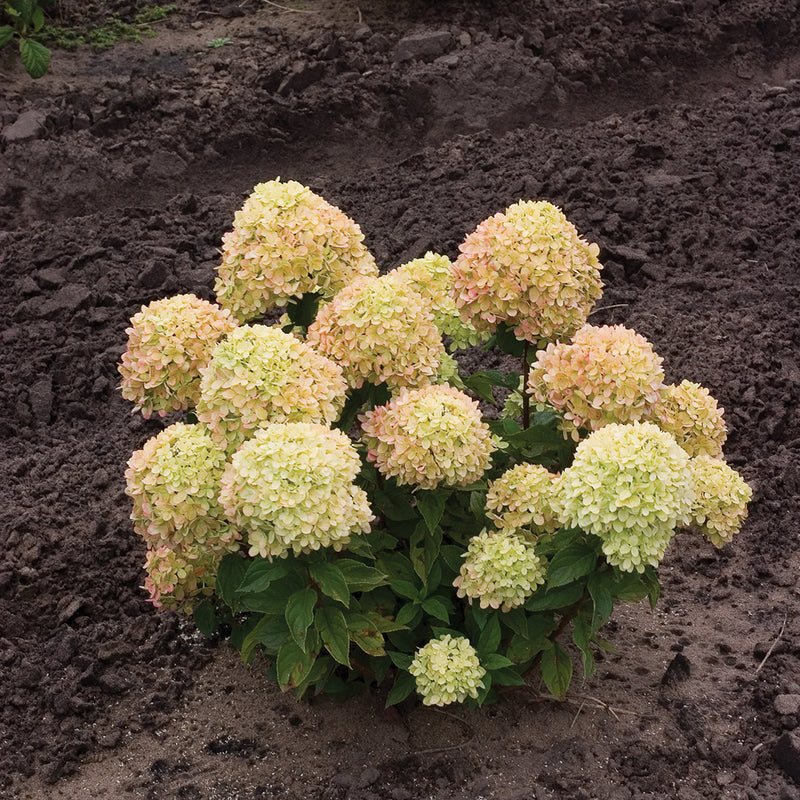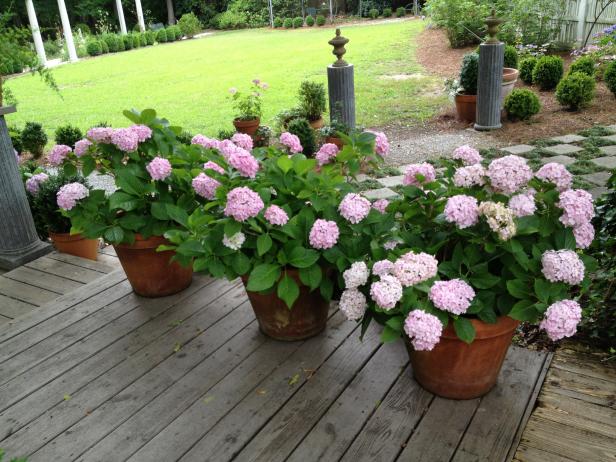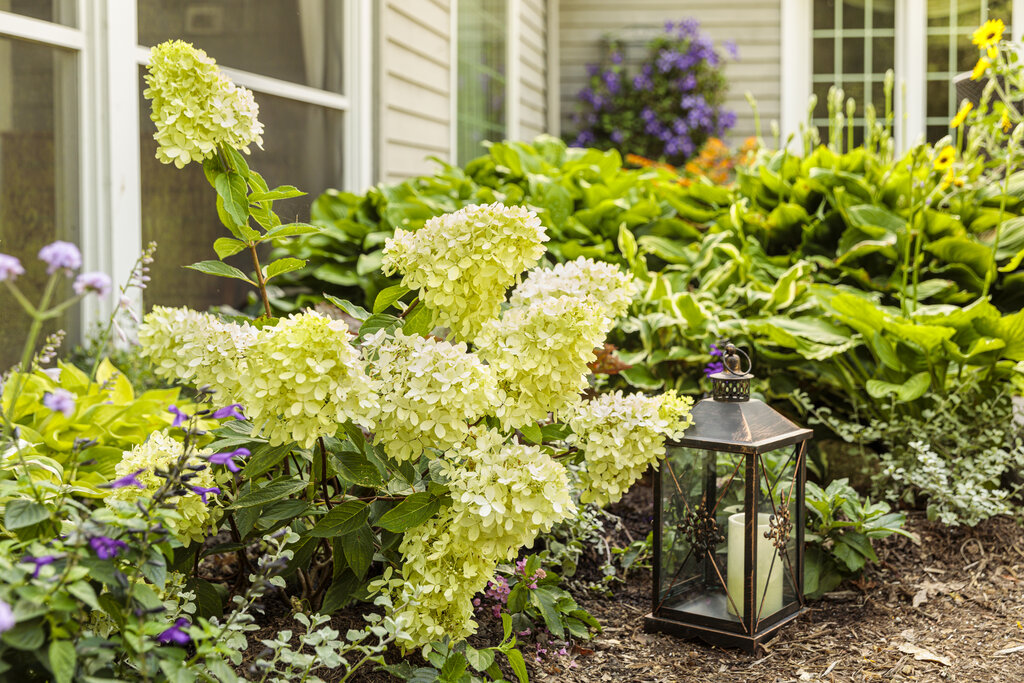Little Lime Hydrangea: The Perfect Shrub For Small Spaces
Little Lime Hydrangea: The Perfect Shrub for Small Spaces
Hydrangeas are some of the most popular flowering shrubs in the world, known for their large, showy blooms. But if you don't have a lot of space in your garden, you may think that hydrangeas are out of reach. Not so! There are a number of dwarf hydrangea varieties that are perfect for small spaces, and Little Lime Hydrangea is one of the best.
Little Lime Hydrangea is a compact shrub that only grows to be 3-5 feet tall and wide. It has a mounding habit and produces large, panicle-shaped blooms that start out a soft green color and gradually fade to pink or burgundy as they mature. The blooms are held on sturdy stems, so they won't droop or wilt even in heavy rain or wind.
Little Lime Hydrangea is a relatively easy plant to care for. It prefers full sun to partial shade and well-drained soil. It is drought-tolerant once established, but it will appreciate regular watering during the summer months. Little Lime Hydrangea is also relatively pest- and disease-resistant.
In addition to its small size and beautiful blooms, Little Lime Hydrangea is also a versatile plant that can be used in a variety of ways in the garden. It can be planted as a standalone shrub, used as a hedge or border plant, or even grown in a container. Little Lime Hydrangea is also a popular choice for cut flowers, as its blooms will last for several days in a vase.
If you're looking for a beautiful, low-maintenance shrub for your small space garden, Little Lime Hydrangea is the perfect choice. It's easy to care for, versatile, and produces stunning blooms that will add color and interest to your garden all summer long.
Here are some additional tips for growing Little Lime Hydrangea:
- Plant Little Lime Hydrangea in a location that receives full sun to partial shade.
- Amend the soil with compost or other organic matter before planting.
- Water regularly, especially during the first year after planting.
- Mulch around the plant to help retain moisture and suppress weeds.
- Fertilize Little Lime Hydrangea in the spring with a balanced fertilizer.
- Prune Little Lime Hydrangea in the spring to remove dead or damaged branches.
With proper care, Little Lime Hydrangea will thrive for many years to come, providing you with beautiful blooms year after year.
If you're looking for a beautiful and easy-to-care-for hydrangea, the Little Lime® is a great option. This compact shrub produces large panicles of lime-green flowers that gradually turn creamy white and then blush pink as they mature. The blooms are held upright on strong stems, making them perfect for cut flower arrangements. Little Lime® hydrangeas are hardy in zones 3-8 and prefer full sun to partial shade. They do best in well-drained soil and should be watered regularly, especially during hot, dry weather.
To learn more about Little Lime® hydrangeas, I recommend visiting . This website has a wealth of information about the plant, including its care requirements, planting instructions, and more. You can also find photos of the plant in bloom, as well as tips on how to use it in your garden.
FAQ of hortensia little lime
Question 1: When do Hortensia Little Limes bloom?
Answer: Hortensia Little Limes bloom in the summer, typically from July to September. The flowers start out a pale lime color and gradually change to pink as the season progresses.
Question 2: How much sun do Hortensia Little Limes need?
Answer: Hortensia Little Limes prefer partial shade, but they can tolerate full sun in cooler climates. If you live in a hot climate, it is best to plant them in a location that gets morning sun and afternoon shade.
Question 3: How much water do Hortensia Little Limes need?
Answer: Hortensia Little Limes need regular watering, especially during the hot summer months. Water them deeply once a week, or more often if the weather is dry.
Question 4: How do I prune Hortensia Little Limes?
Answer: Hortensia Little Limes should be pruned in late winter or early spring, before the new growth starts. Prune them back by about one-third to encourage new growth and more flowers.
Question 5: How can I prevent pests and diseases in Hortensia Little Limes?
Answer: Hortensia Little Limes are generally resistant to pests and diseases, but they can be susceptible to aphids, scale, and powdery mildew. To prevent these problems, you can spray the plants with insecticidal soap or neem oil once a month during the growing season. You can also water the plants with a solution of baking soda and water to help prevent powdery mildew.
Image of hortensia little lime
- A full bush of Little Lime hydrangeas in bloom. The flowers are a pale green color that turns pink in the fall.
- A close-up of a single Little Lime hydrangea flower. The petals are a delicate green color with a slight pink blush.

- A row of Little Lime hydrangeas planted along a walkway. The flowers are a bright green color that contrasts nicely with the dark green leaves.
- A Little Lime hydrangea in a pot on a patio. The flowers are a pale green color that brightens up the space.

- A Little Lime hydrangea in a mixed border with other flowers. The hydrangeas add a touch of elegance to the border.


Post a Comment for "Little Lime Hydrangea: The Perfect Shrub For Small Spaces"